Get in Touch With Us
Understanding flies and their impact on health and the environment is essential for people living in Malaysia. Flies, while often viewed as pests, play significant ecological roles, from pollination to decomposition.
Most Common Flies Species in Malaysia
A Guide to Flies in
Malaysia
Flies are a prominent part of the ecosystem in Malaysia, contributing to various ecological processes that sustain life. Despite their reputation as nuisances, they perform a critical roles, from pollinating plants to decomposing organic matter. With over 120,000 species globally, the diversity is immense, with many species residing in Malaysia’s rich tropical environment. The common house fly, blow fly, and flesh flies are just a few examples of the numerous species found here.
They are integral to balancing the ecosystem by aiding in decomposition and nutrient cycling. While serving as prey for various birds and other predators. Understanding the roles and behaviours of flies in Malaysia is crucial not only for ecological insights. But also for managing their populations to prevent health risks and infestations.
URGENT RESPONSE
The Lifecycle, Dietary & Habitat
Life Cycle of Flies
The rapid reproduction rates attribute in Malaysia can quickly lead to infestations. If not managed properly, especially in urban areas with abundant food sources. With a rapid and complex life cycle, allowing them to reproduce quickly and adapt to their environments effectively.
Egg-laying Process
Female typically lay a large number of their eggs in warm, decaying organic matter. Location such as compost or food waste, within hours of mating. A single female can produce up to 500 eggs to 1,000 eggs during her lifespan. Laying them in clusters to maximise survival rates for her offspring.a
Larval Stage
Once the eggs hatch, larvae (maggots) emerge, hungry and ready to feed on the dead animals or decaying material. This stage typically lasts 5 - 14 days, depending on environmental conditions such as temperature and humidity. The larvae grow rapidly, molting several times before they mature.
Pupal and Adult Stages
After the larval stage, the maggots enter the pupal stage, where they undergo metamorphosis to develop into adult. This stage can last from a few days to several weeks. Adults then emerge with a pair of wings, ready to mate and continue the cycle. Common adult house flies can complete their life cycle in as little as 7-10 days under optimal conditions.
Challenges with Flies Species in Malaysia
Impact of Flies on Health and Environment
While they play essential roles in the ecosystem, they also pose significant health risks and environmental challenges.
Contamination and Disease Transmission
They carry and transmit various pathogens, contaminating food supplies and causing diseases. They feed on waste and decaying matter, picking up bacteria and viruses that can cause gastrointestinal illnesses in humans. Common diseases associated with them include food poisoning and gastroenteritis.
Decomposing Organic Matter
On the positive side, they contribute to the ecosystem by helping in the decomposition of organic matter. By breaking down decaying materials, they play a crucial role in nutrient cycling. Enriching the soil and supporting plant growth.
Urban Infestations
In urban settings, particularly where food waste management is lacking. Populations can explode, leading to significant nuisances and health hazards. They thrive in unsanitary conditions, making it vital for locals to adopt proper waste disposal methods to minimise infestations.
Contact Professional Help for Flies Control Services
Flies Control Methods
Implementing control measures is crucial for preventing infestations and reducing health risks associated with flies in Malaysia. Effectively managing their populations is essential for maintaining public health and comfort in both residential and commercial settings. Here are several strategies for controlling flies in Malaysia:
Prevention Tips
- Maintain Cleanliness: The first line of defence against fly infestations is keeping living spaces clean. Regularly clean kitchens, dining areas, and garbage disposal sites to minimise food residues that attract them.
- Proper Waste Management: Ensure that garbage bins have tight-fitting lids and are empty regularly. Composting must be manage effectively, ensuring that it does not attract them.
- Seal Entrances: Keep windows and doors closed or use mesh screening to prevent them from entering living spaces. Repair torn screens immediately to close entry points.
Flies Traps and Natural Deterrents
- Innovative Fly Traps: Various traps are available that can effectively catches various type of flying pests. Sticky traps, electric zappers, and baited traps can reduce their populations by targeting the adult.
- Natural Repellents: Essential oils such as eucalyptus oil, peppermint oil, and citronella can act as natural deterrents. Spraying these essential oils that are dilute in water around the house can keep them at bay.
Chemical Control
- Insecticides: In cases of severe infestations, using insecticides may be necessary. Our specialists will tailor made a treatment specifically design for your property, ensuring safety for humans and pets.
- Larvicides: Applying larvicides to stagnant water sources can prevent them from maturing into adults, effectively interrupting their life cycle and reducing overall populations.
Community Initiatives
- Public Education: Community awareness programs on proper waste disposal and control can foster collaborative efforts to reduce their populations in neighbourhoods.
- Government Involvement: Local authorities can implement waste management protocols, encouraging communities to engage in clean-up days. A day where residents work together to eliminate breeding grounds.
Common Flies Species in Malaysia
Flies Species in Malaysia
Malaysia's warm and humid climate creates an ideal habitat for a wide variety of species. Each of these species plays a specific role in the ecosystem of Malaysia. Impacting food systems, human health, and waste management. By understanding the characteristics and habitats, we can better appreciate their roles and develop strategies for controlling populations when necessary.
Here, we discuss some of the most common in the region, each with unique characteristics and ecological roles:
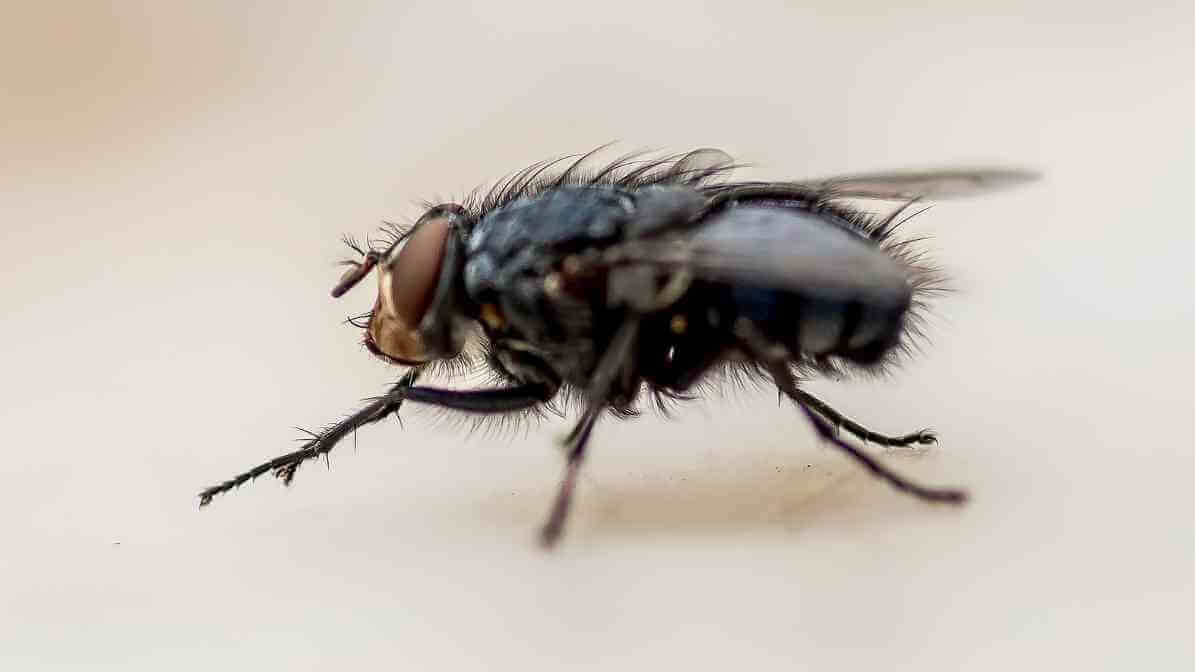
House Flies (Musca domestica)
The common pest is ubiquitous in Malaysia and often found in urban and rural settings. Characteristics: Measuring about 6-7 mm in length, they have a grayish body with four black stripes running down its back and prominent red eyes. Habitat: These species thrive in places where food waste is present, such as homes, markets, and garbage dumps.
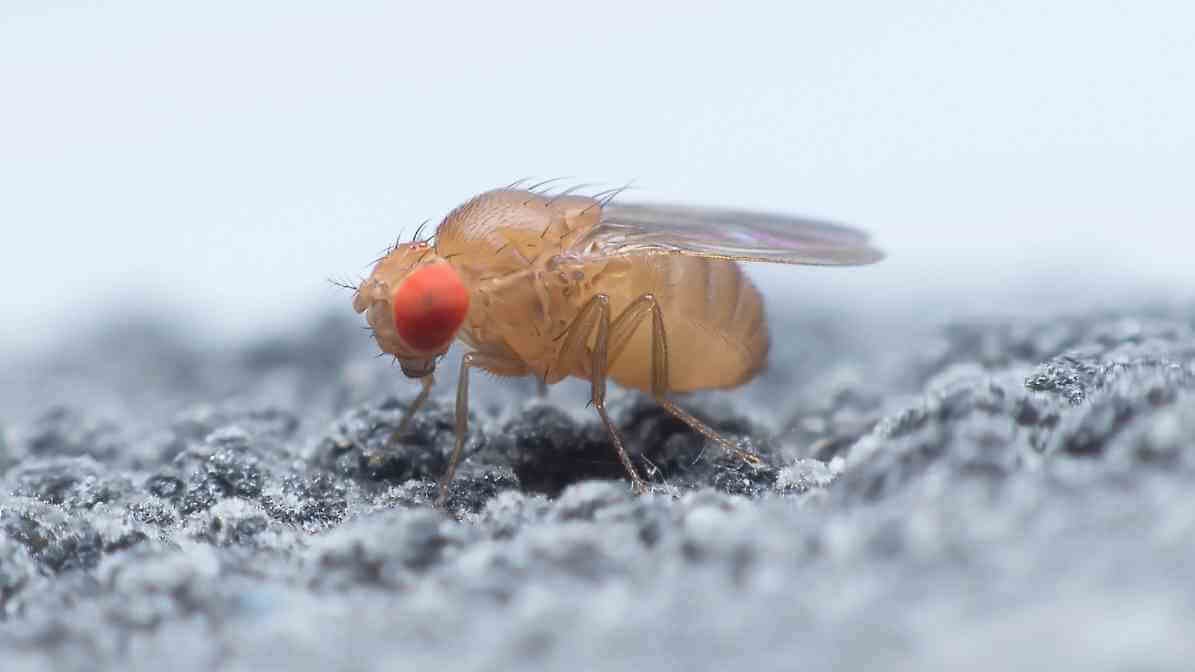
Fruit Flies (Drosophila)
They are small but significant, particularly in agricultural contexts. Characteristics: Typically small (about 3 mm), they have a tan or yellowish-brown body with red eyes. Habitat: Commonly near overripe or fermenting fruits, vegetables, and other organic materials.
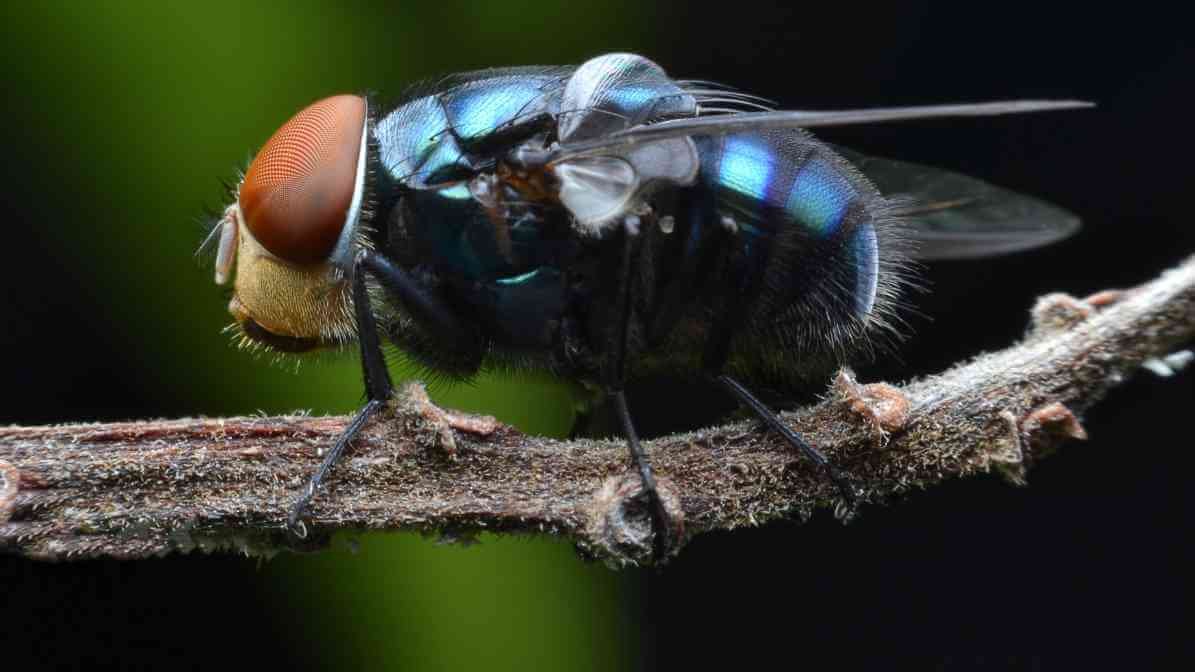
Bluebottle Fly (Calliphora vomitoria)
These species are easily recognisable because of its striking metallic coloration. Characteristics: They can reach up to 14 mm in size. Exhibiting iridescent blue or green bodies and a robust frame. Habitat: Often in decaying organic matter, including animal carcasses, where they lay their eggs to aid in decomposition.

Flesh Fly (Sarcophagidae)
Famous for their role in breaking down carrion in a short period. Characteristics: They are medium-sized, usually 8 to 12 mm long. They have a grayish body with a checkerboard pattern on their abdomen and red eyes. Habitat: These species prefer decaying animal flesh, where they deposit their larvae, contributing to the decomposition process.
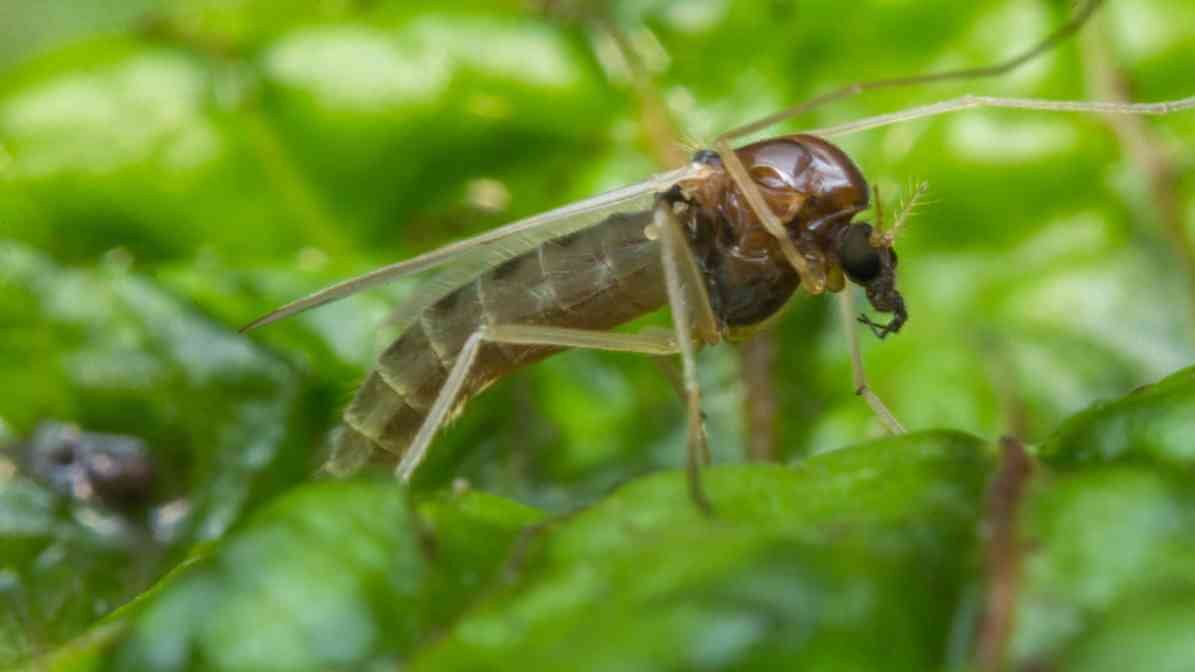
Sand Flies (Spiriverpa lunulata)
Fairly small, but their bites can have significant health implications. Characteristics: These tiny insects are about 3 mm long, with long legs and a humped back. Their colour is either beige or brown. Habitat: Found in sandy areas, particularly near beaches and riverbanks, sand flies can transmit diseases like leishmaniasis.

Drain Flies (Psychodidae)
Also known as moth flies, are commonly associate with moist environments. Characteristics: These small insects measure approximately 3-5 mm in length. They have hairy wings that resemble moth wings, giving them a fuzzy appearance. Habitat: They typically breed in organic material in drains, sewers, and stagnant water, a sign of poor sanitation.
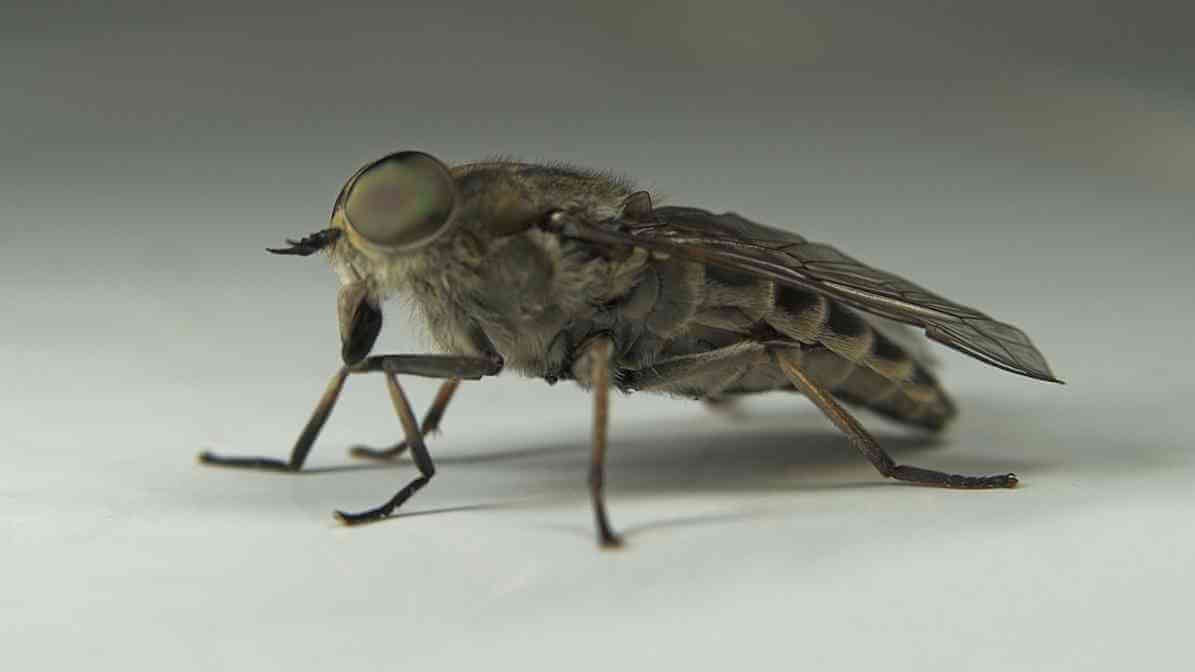
Horse Fly (Tabanidae)
These species are larger and more robust than many other fly species. Characteristics: They can reach sizes of up to 25 mm, with a dark body and large, bulging eyes. Their bites can be painful because of their blood-feeding nature. Habitat: Often in rural areas, especially near livestock, where they feed on the blood of animals.
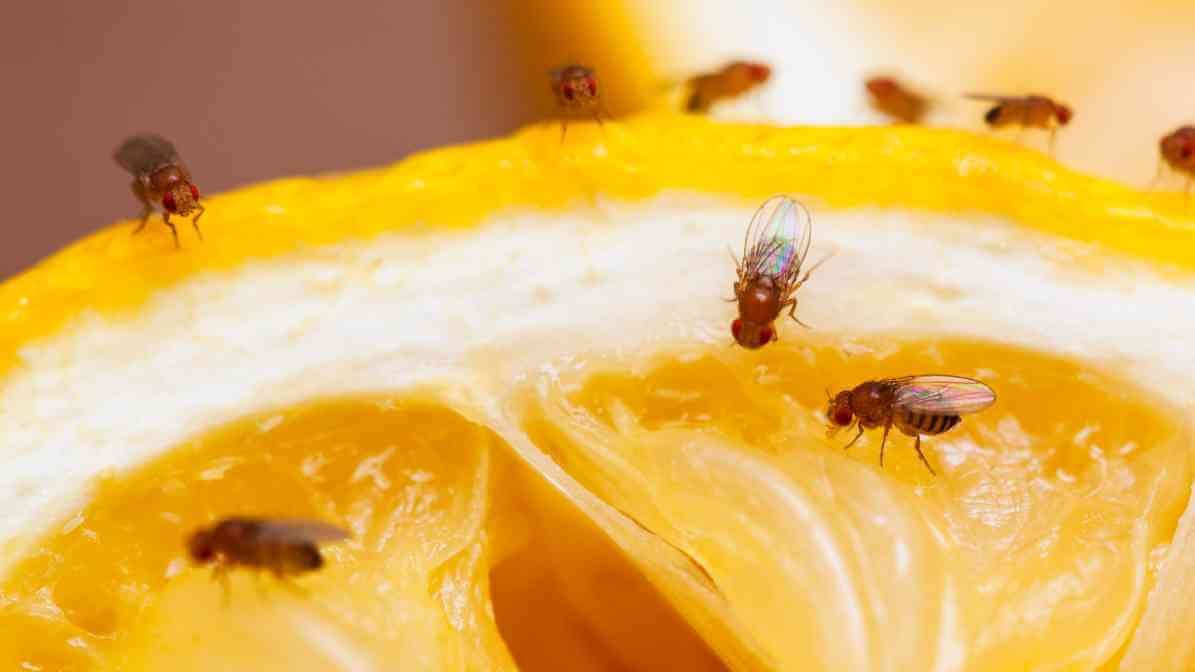
Phorid Flies (Phoridae)
These species are small but play unique roles in their ecosystems. Characteristics: These tiny flies can vary greatly in size, usually measuring around 2-5 mm. They have a distinctive humpbacked appearance and varying colours. Habitat: Commonly in decomposing organic matter and often associates with decaying plants and animal remains, contributing to breakdown processes.
Contact Us
We love to talk pest. From guiding you on the identification of the pest to solving your pest problems. No job is too small or too big for us. Call us today for more info.

